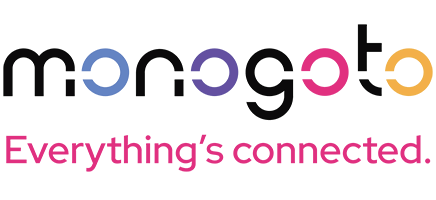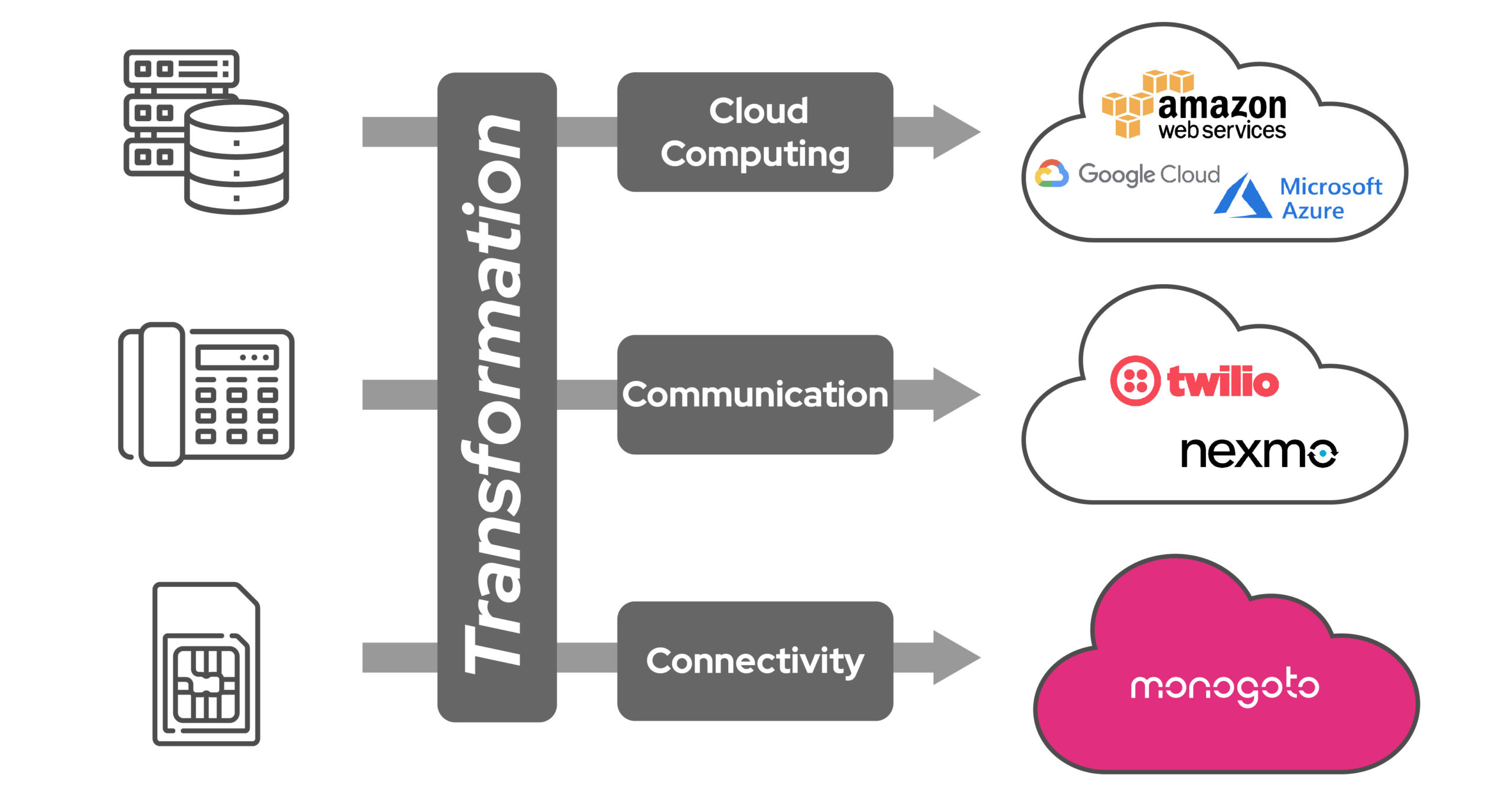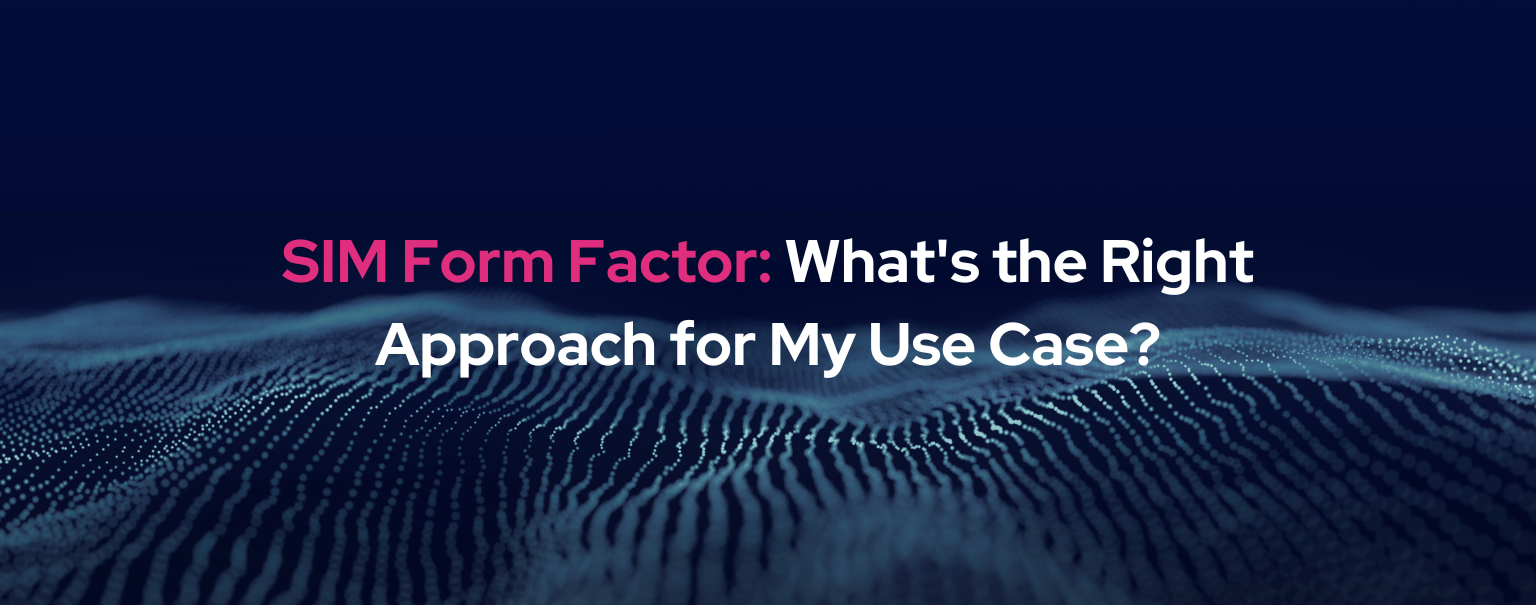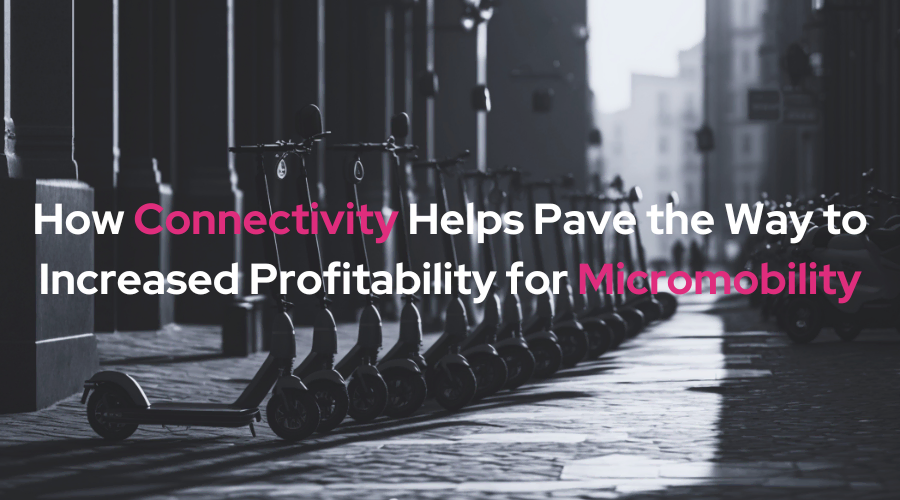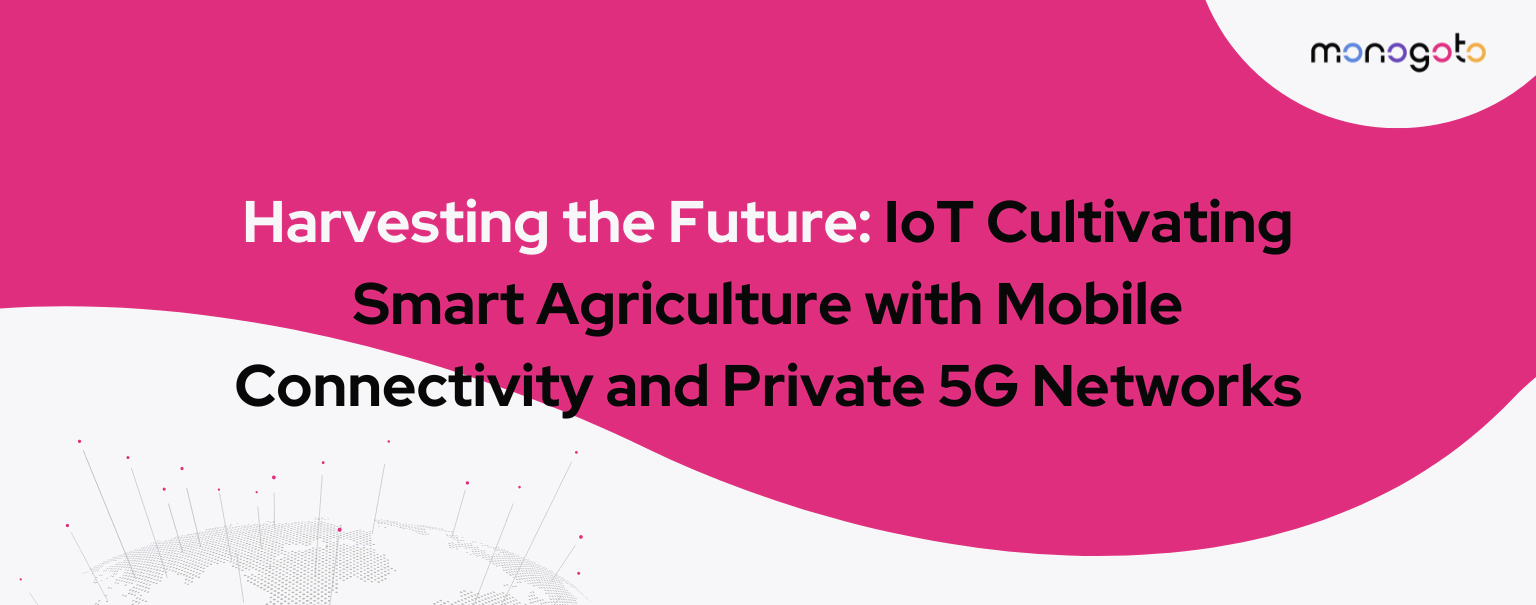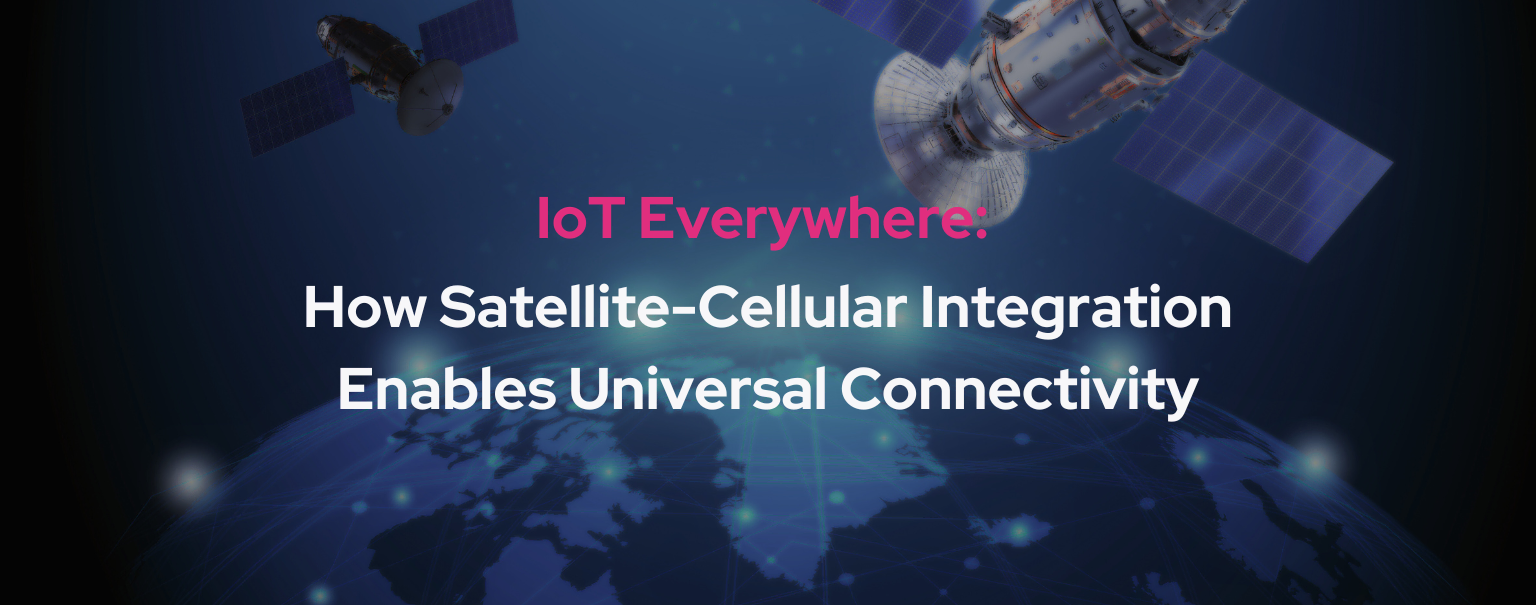I remember that we had to fly to our hosting facility in New York just to change a hard drive or upgrade a server. The risk of getting local support, and the downtime it might cause made it more economical to fly to the other side of the world just to upgrade a server. If we needed to do a reset, we had to call someone, pay $70, and hope that he would reboot the correct server…
Then later on AWS and cloud computing changed the whole ecosystem. Now we have virtual servers, self-service, and APIs. Now a company such as Waze can have a minimal server count at off-hours and 100+ servers on peak hours. Quite a revolution, don’t you think?
I remember the days of installing PABX, ordering PRI, and connecting telephony for organizations. This was a task that involved flying and dealing with on-premise hardware. Later on, the SIP protocol arrived which was followed by companies like Twilio and a few other CPaaS platforms. Nowadays, if Uber wants to have telephony services to make sure their drivers can talk with passengers in multiple countries, with call recording for regulation, hiding the real number of both parties, and other Over-The-Top capabilities, there is no need for any addition. Just a few phone numbers from Twilio and quick API integration to get the required business logic. Another cool revolution.
Now, with the rise of the 5G era, Industry 4.0, and IoT – we can see a similar need for a revolution in the connectivity ecosystem. If a traditional solution was a combination of hardware and software, in today’s world many solutions also require connectivity, besides simple on/off connectivity. Today, solutions need to embed the connectivity inside both the business logic and the whole life cycle of the product, leveraging network and security as a service capabilities and much more. Very similar to Waze needing to add more servers when traffic is at a peak, we can envision future solutions requiring a different class of service at different times.
When AWS was created, no one thought that this infrastructure would be used by Dropbox that could use the storage API to create its service or that Netflix will stream worldwide almost entirely on AWS. 5G is going to bring many new types of services, enhanced mobile broadband (eMBB), massive machine-type communications (mMTC), and ultra-reliable low-latency communications (URLLC) – IoT devices will probably need some portion of each service in various situations. The capabilities that API connectivity will enable, are going to open the road for many new ideas for connected devices. We believe strongly that APIs around connectivity will enable a whole new ecosystem of startups and services around embedding connectivity in today’s solutions.
The COVID-19 pandemic showed us more than ever the importance of a better-connected world. We are looking forward to the next few years as we are expecting that more embedded, smart and simple connectivity solutions will revolutionize the way humans and machines interact for a better streamlined, efficient, and fruitful future.
